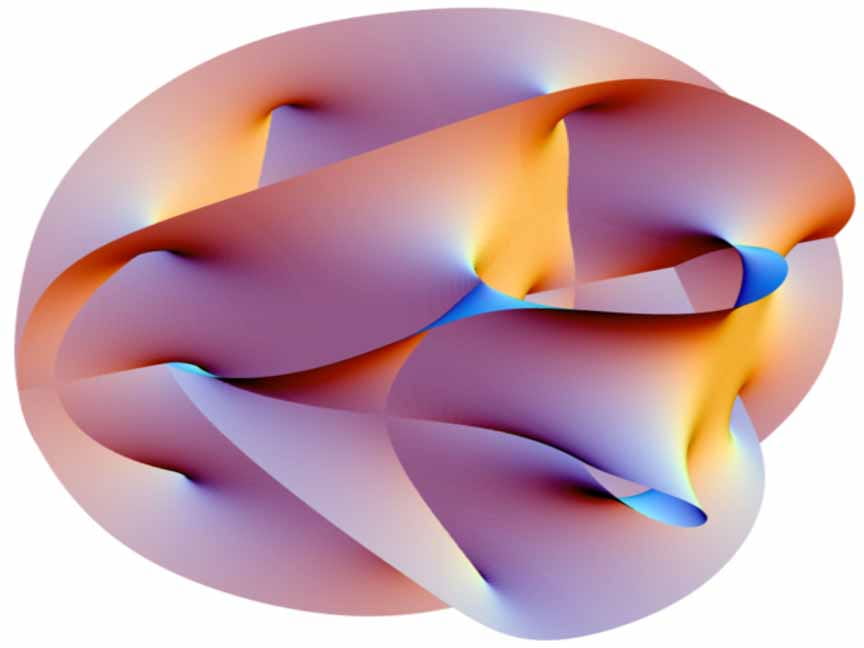http://en.wikipedia.org/wiki/String_theory
String theory is an incomplete mathematical approach to theoretical physics, whose building blocks are one-dimensional extended objects called strings, rather than the zero-dimensional point particles that form the basis for the standard model of particle physics. By replacing the point-like particles with strings, an apparently consistent quantum theory of gravity emerges, which has not been achievable under quantum field theory. Usually, the term string theory includes a group of related superstring theories and a few related frameworks such as M-theory, which seeks to unite them all.
String theorists have not yet completely described these theories, or determined if or how these theories relate to the physical universe.[1] The elegance and flexibility of the approach, however, and a number of qualitative similarities with more traditional physical models, have led many physicists to suspect that such a connection is possible. In particular, string theory may be a way to “unify” the known natural forces (gravitational, electromagnetic, weak nuclear and strong nuclear) by describing them with the same set of equations, as described in the theory of everything. On the other hand, the models have been criticized for their inability, thus far, to provide any experimentally testable predictions.
